Students Search for Answers and Cures With Biotechnology
Biotech students pitch their long-awaited research pitches to teachers, parents and researchers in pursuit of resources and donations.
media by Jana Seal
Sabine Manske and Berlin Barnett ’21 wrap up their presentation and prepare to answer questions from potential investors. Barnett and Manske chose to conduct their research on the vascularization of faux breast tissue. “Many of these people [investors] have expertise, and are going to really question your methods and really make you think about those different aspects,” Biology teacher Nikki Dobos said.
September 18, 2019
In a classroom full of science teachers, parents and researchers, 2-4 students prepare to present their Power Points. These presentations are not an everyday school project, however. They are the beginnings of intensive research projects in Biotechnology.
Monday Sept. 9 through Friday Sept. 13, students presented their designs and methods for their research projects.
“The whole process started last year at the end of last year. They had to come up with their project idea, and they spent the summer writing kind of the rough draft of their methods,” RCHS Biology teacher Nikki Dobos said.
When coming up with their project ideas, students reflected on causes that they hope to contribute to. Some students had a personal stake in their research, and some chose topics based on their mentor’s area of study. Students pitched research on a variety of real-world, consequential issues such as cancer cells, the effects of Lexapro (an antidepressant) on stem cells, and artificial sugars’ effect on insulin, to name a few.
“We are doing research on the effect of artificial sugars on Islet beta cells, which are cells from the pancreas that produce insulin. We want to see if artificial sugars cause the Islet cells to produce insulin. If they do then artificial sugars could be contributing to type 2 diabetes because of the repeated insulin spikes,” Biotech student Alana Graves ‘20 said. “My team (Kaylee Kabza ‘21 and Ian Fleming ‘20) wanted to do this research because we all have family members who are impacted by diabetes. Ian has type 1 diabetes and wanted to research something personal to him.”
In each presentation, students included the following: Hypothesis, experimental design, proposed methods, experimental flow, control and constant variables, timeline, safety precautions, and their mentors. At the end of their presentations, students explained their short-term goal, long-term vision, budget, project website, and then opened up for questions from their audience.
The purpose for these pitches is to give researchers and parents the opportunity to ask questions and observe the research pitches as potential investors, so that they can consider contributing. Because the projects are so intensive, students, after planning them, are left with a sum (around $100-$400) of money that’s needed in order to complete their research effectively. Donations from the RCHS community have improved the quality of their research.

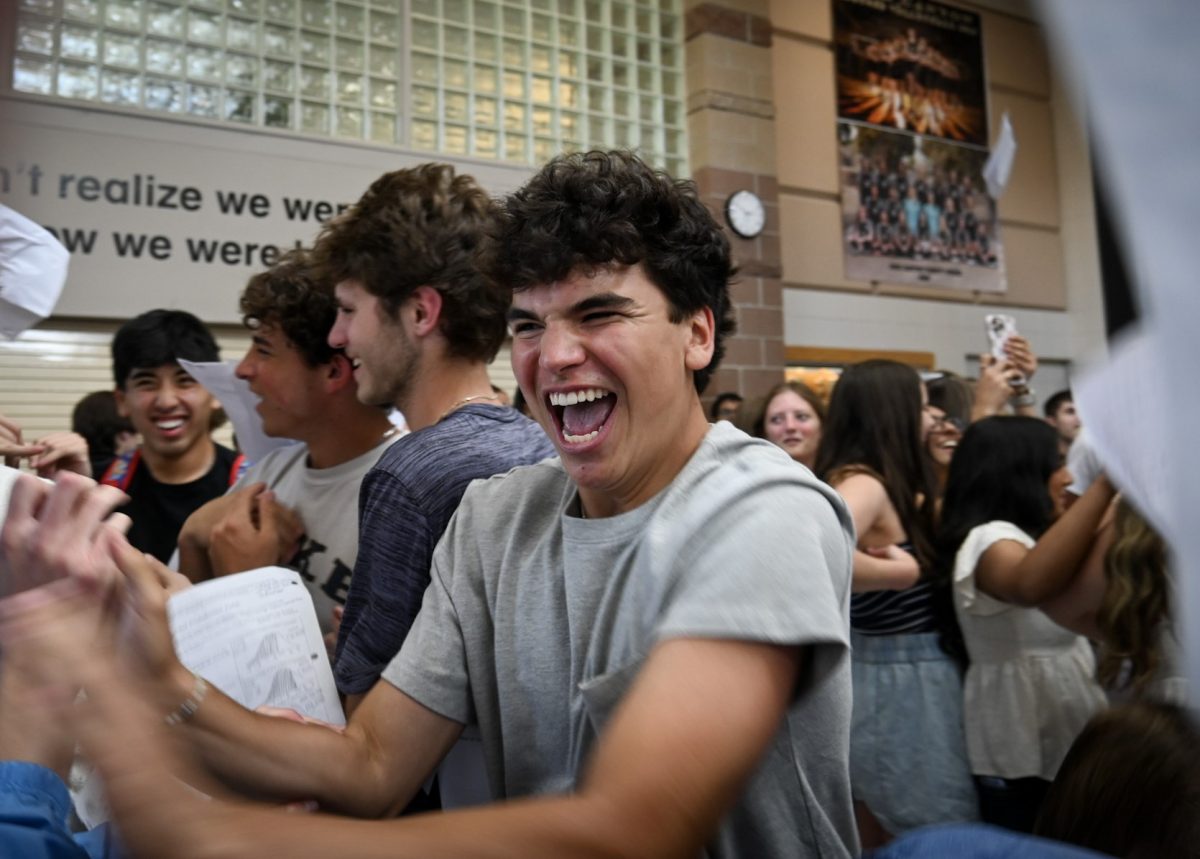
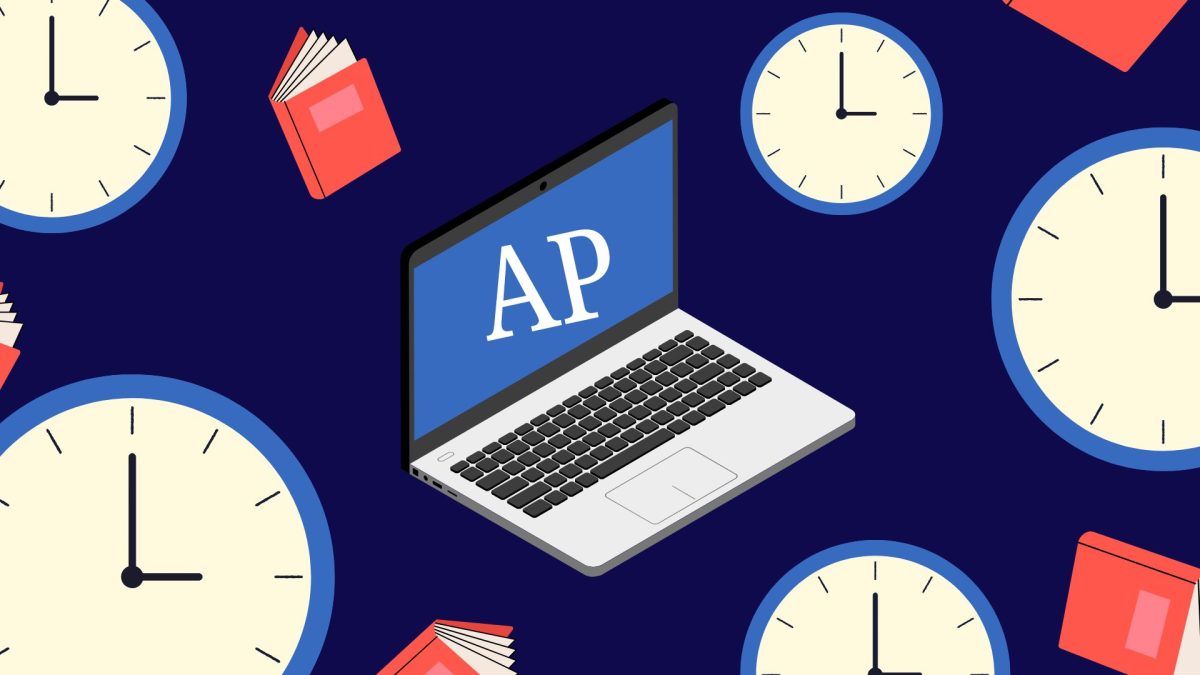
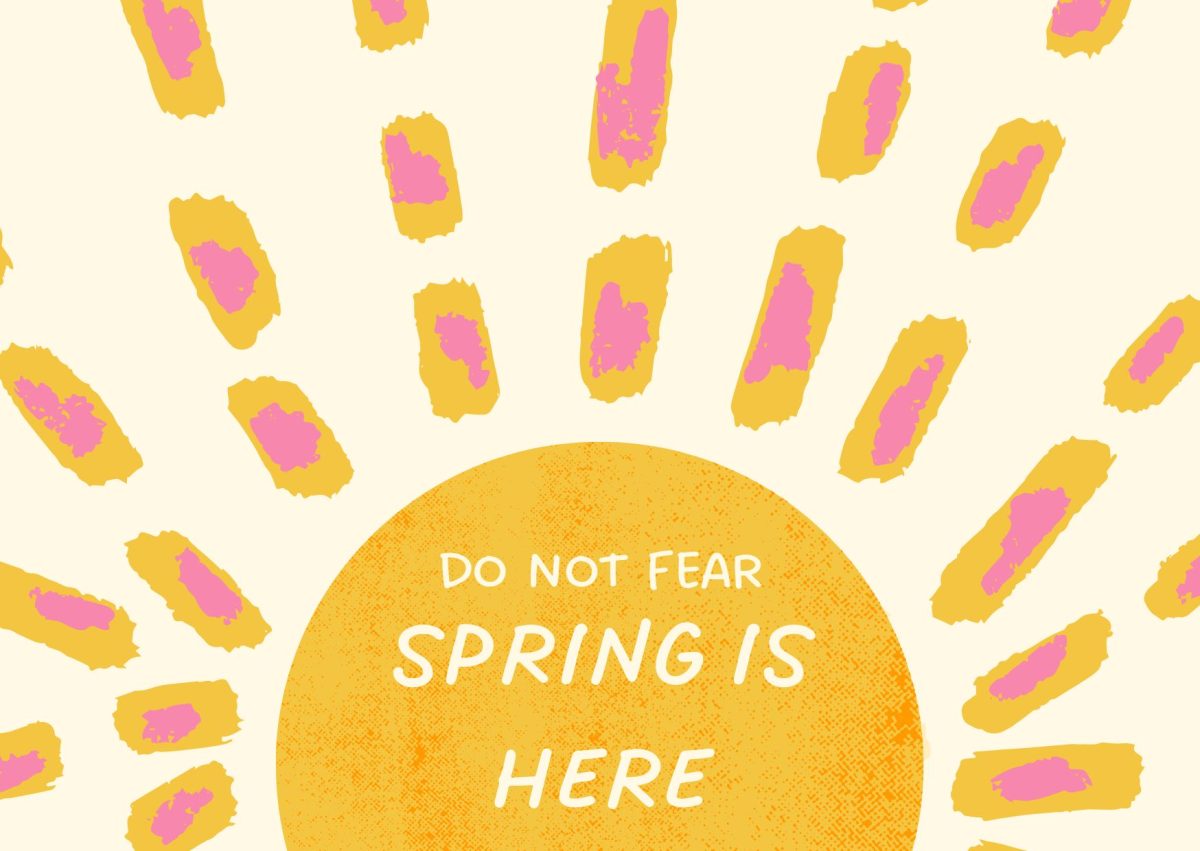

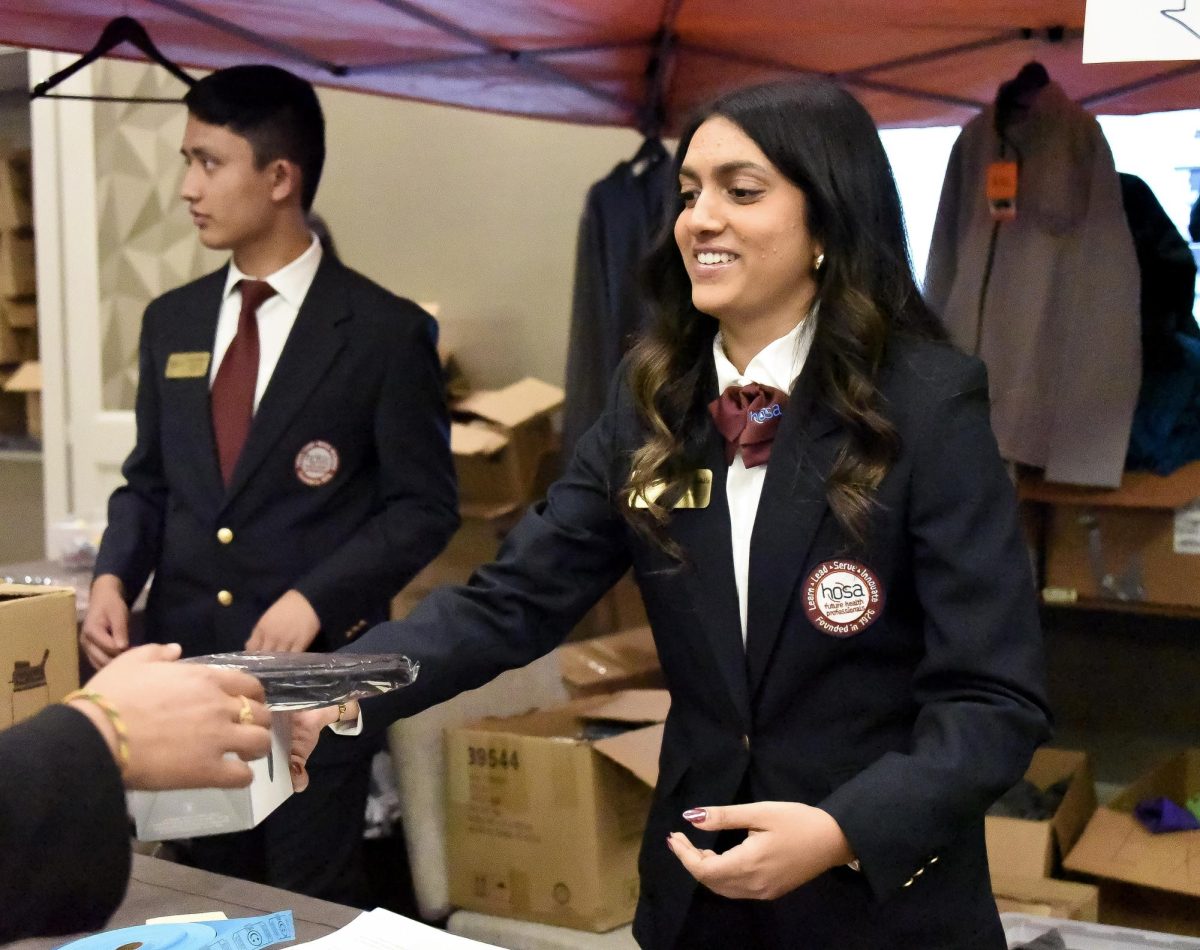
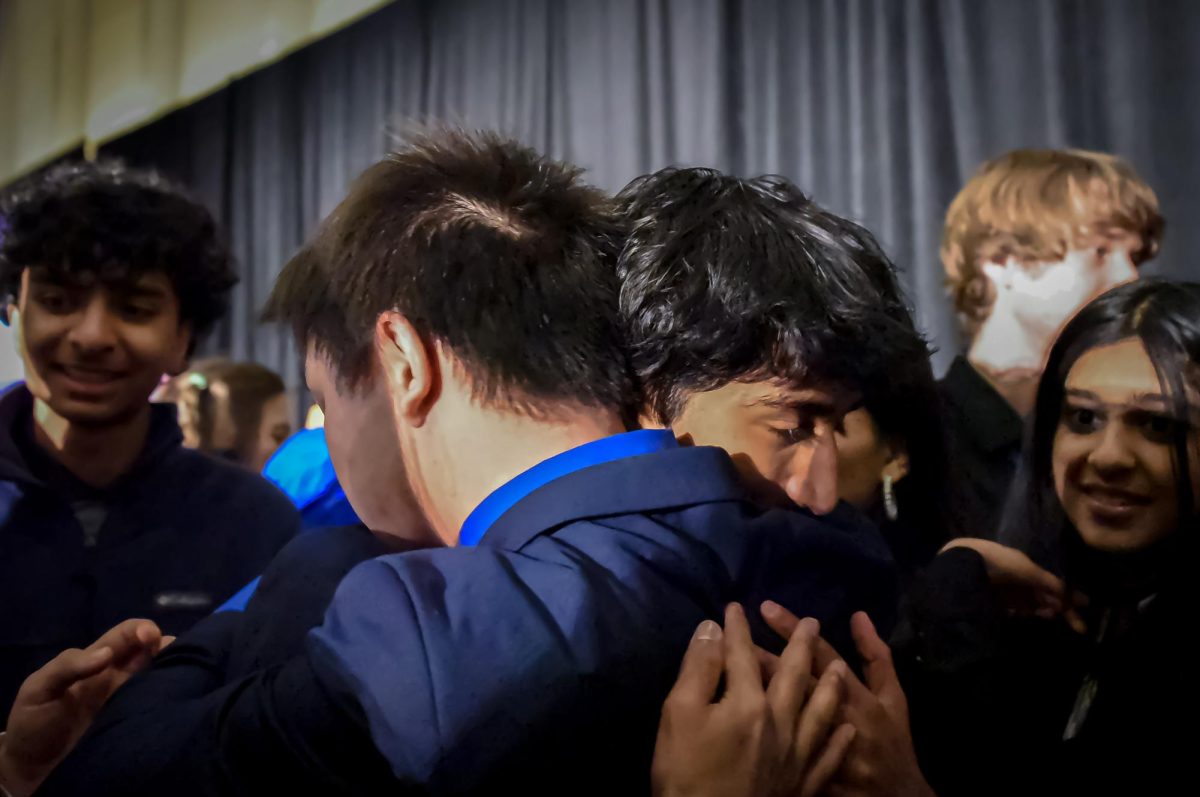

![The winter guard team makes fifth place at the state championship finals in the Denver Coliseum, March 30. The team performed to Barnes Country's “Glitter and Gold,” lead by coaches Margo Sanford, Blair Bickerton and Anna Orgren. In their class there were a total of nine groups participating, and the top five who made it to finals received a plaque. “[Walking onto the stage] is very nerve-wracking, but also very exciting as well. When you first start color guard there's a lot of anxiety and uncertainty when you first perform in front of an audience, but once you've done it for a while, it starts to become the best part of the season,” Ella West ‘25 said. “It's very fulfilling to see an audience react to something you've put your heart and soul into.”](https://rockmediaonline.org/wp-content/uploads/2025/04/Both-socal-media-nd-website-main-1-1200x846.jpg)
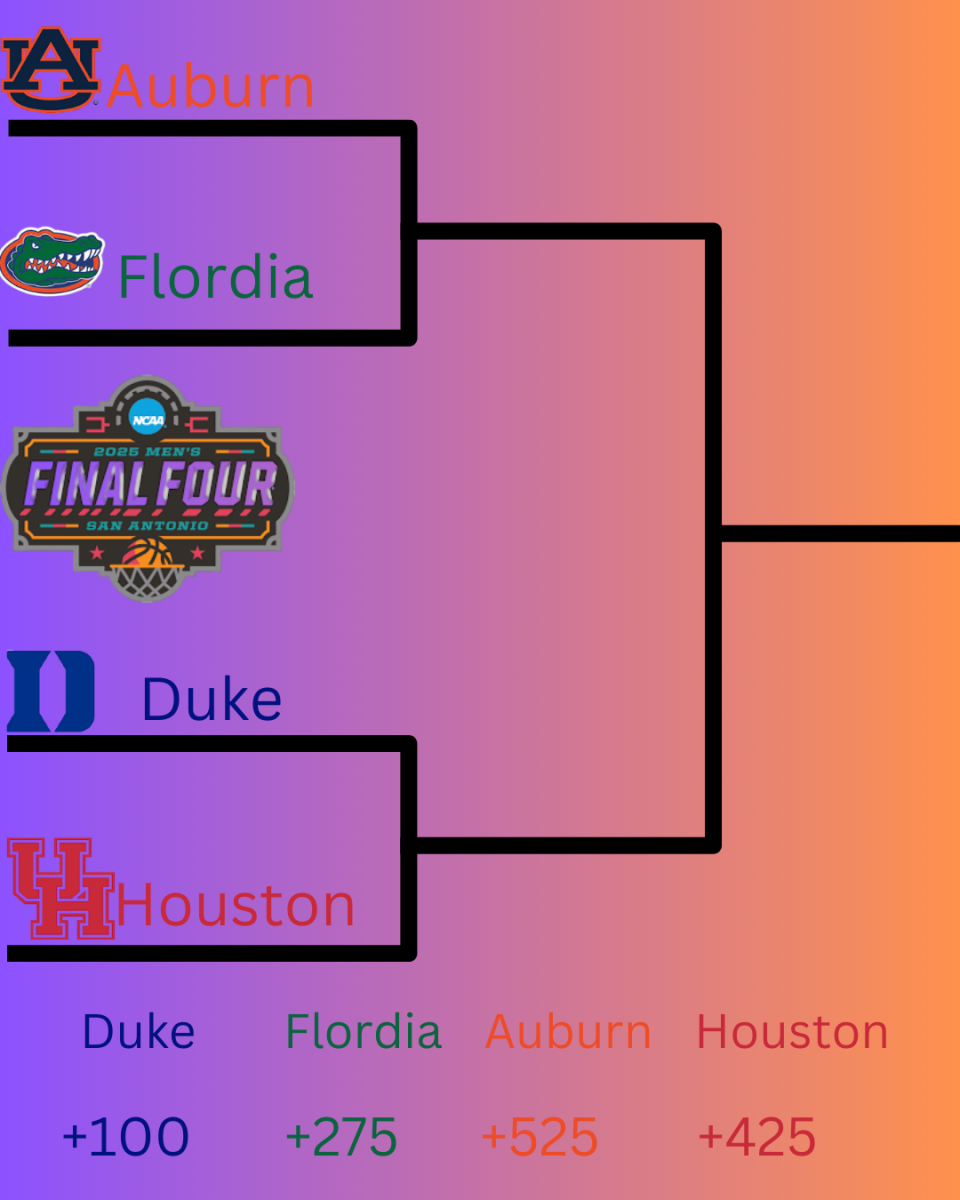
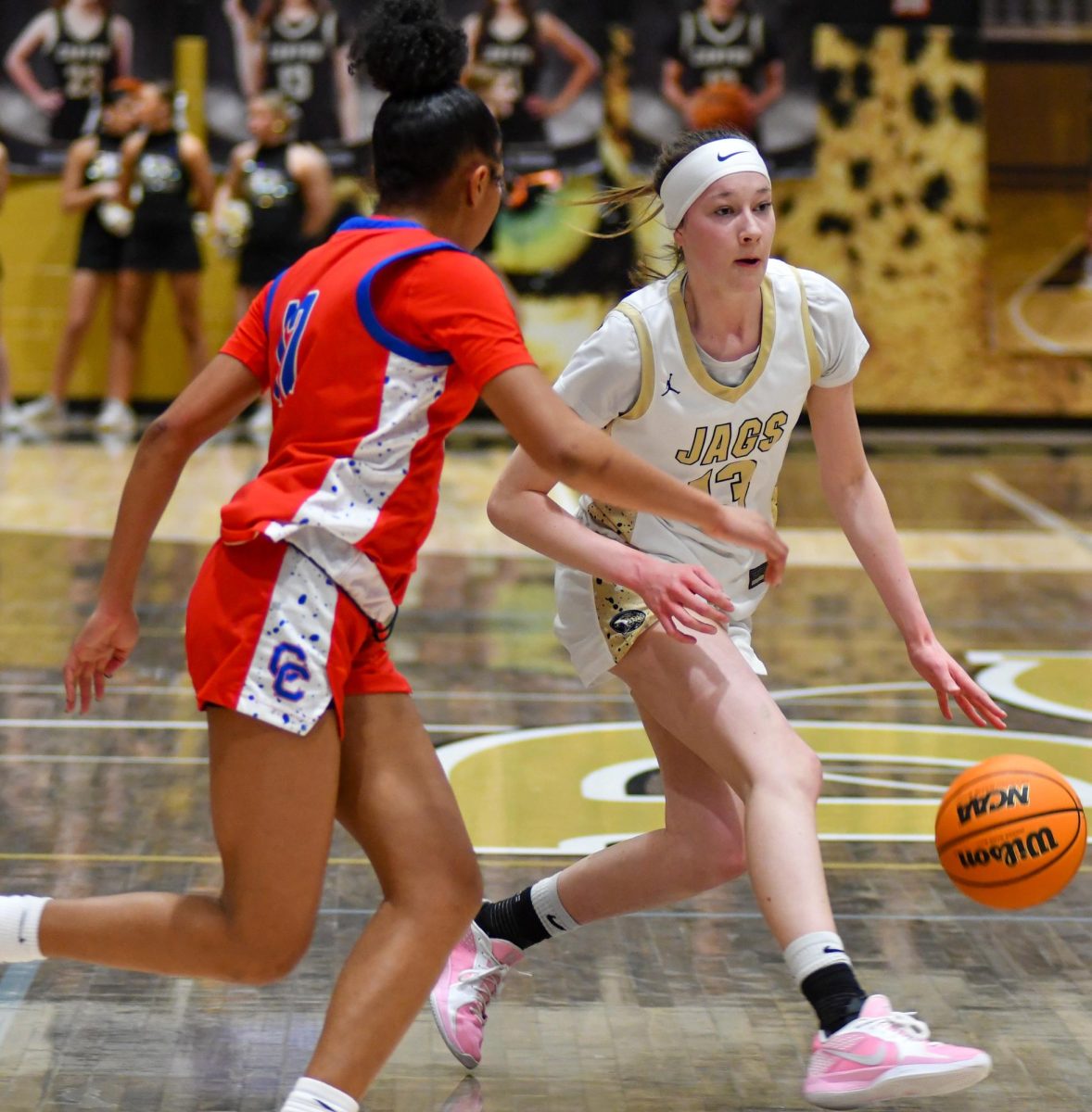
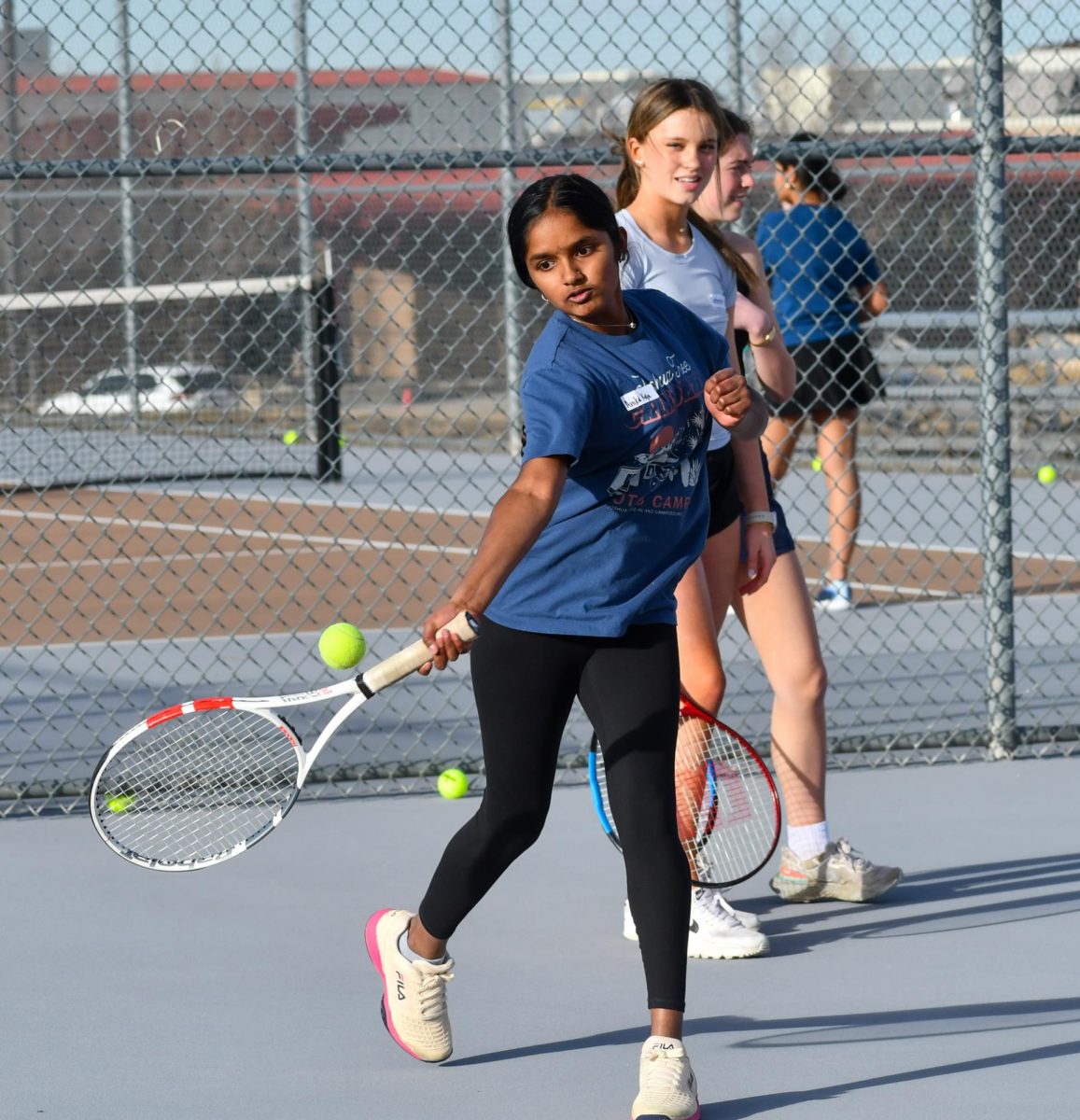
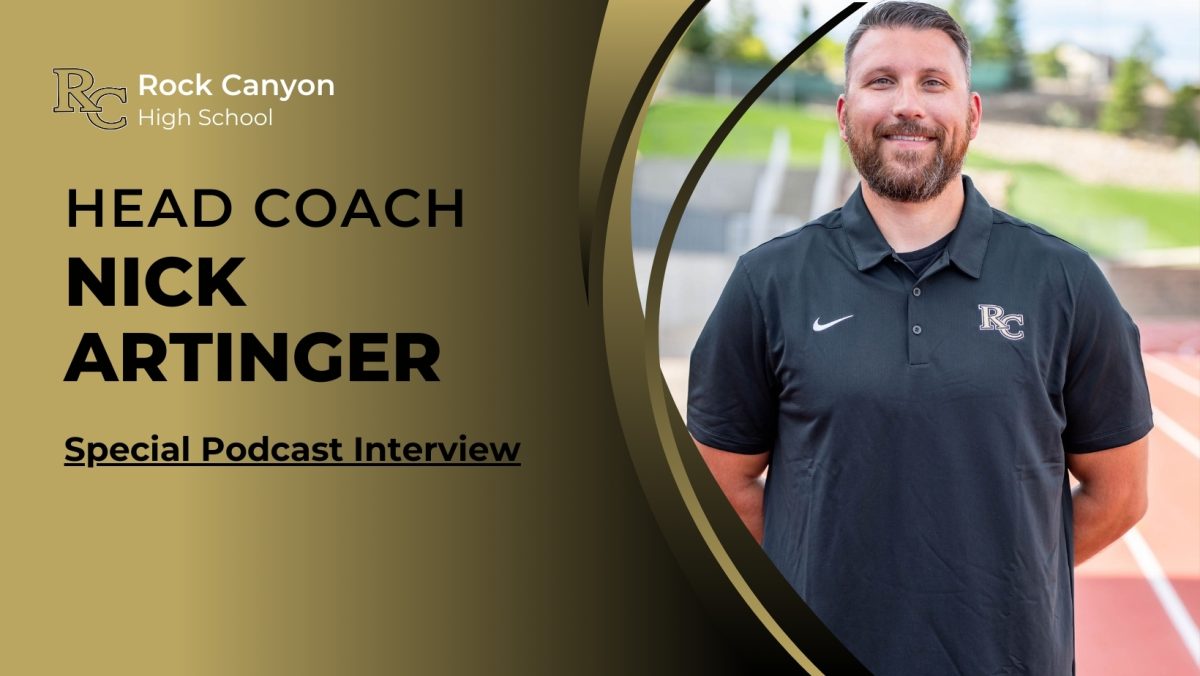


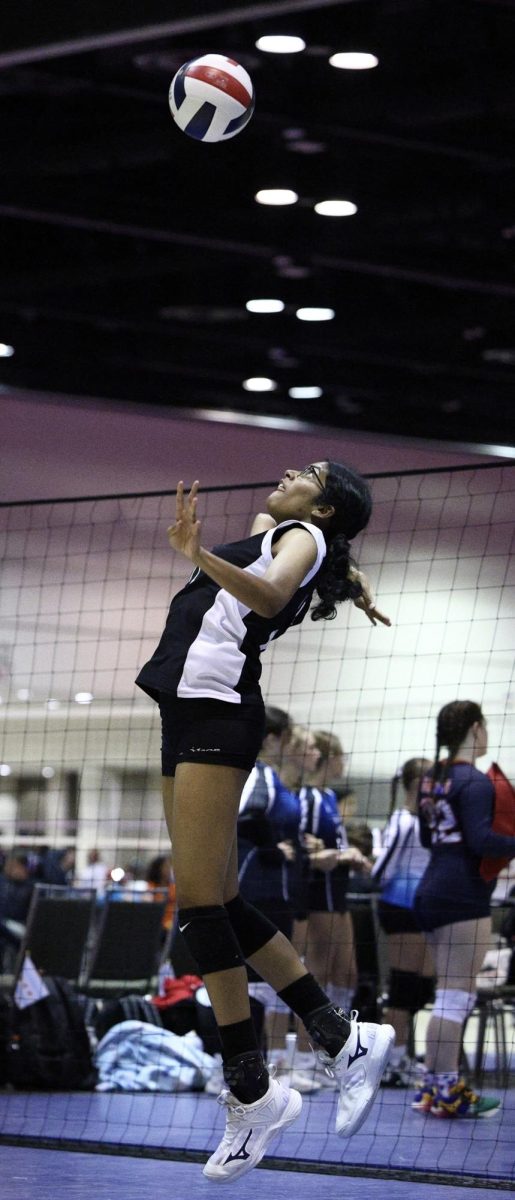
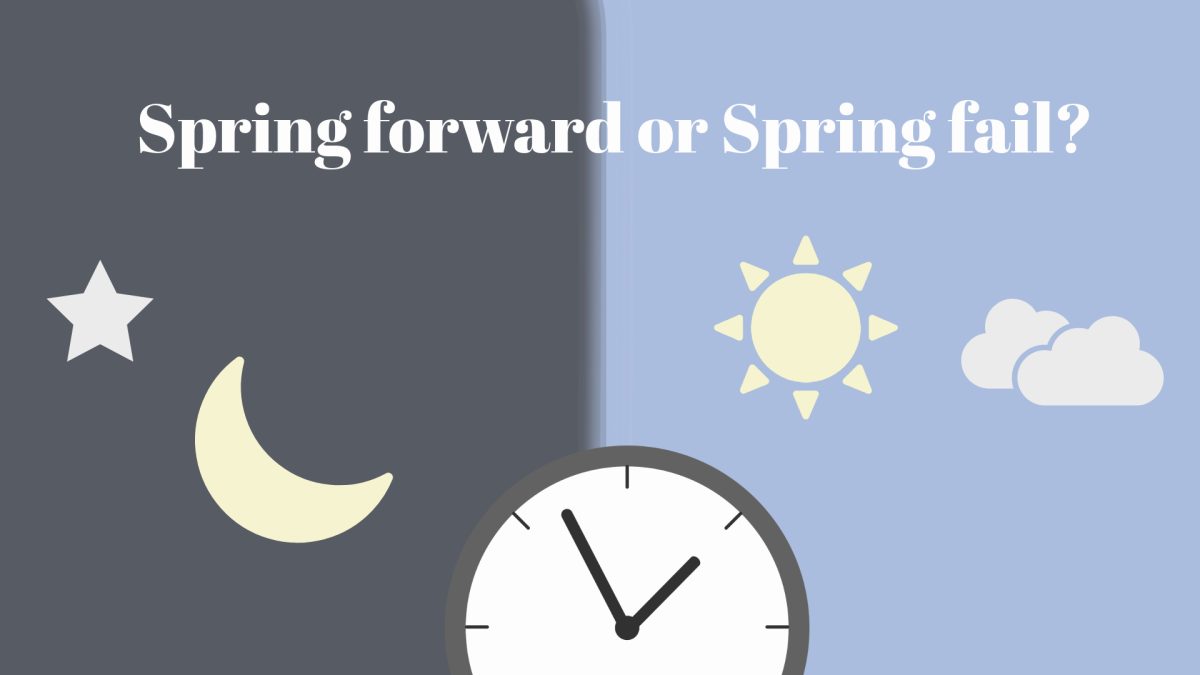
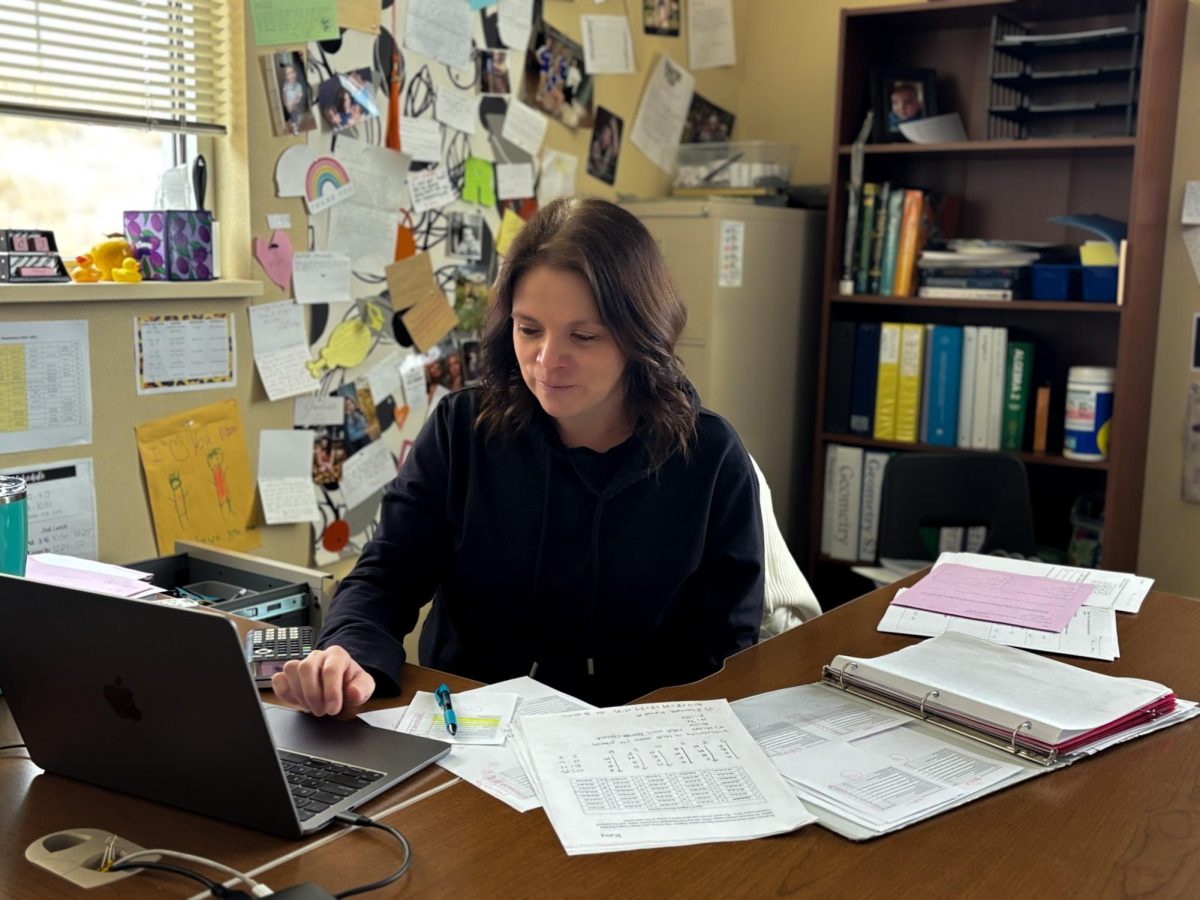
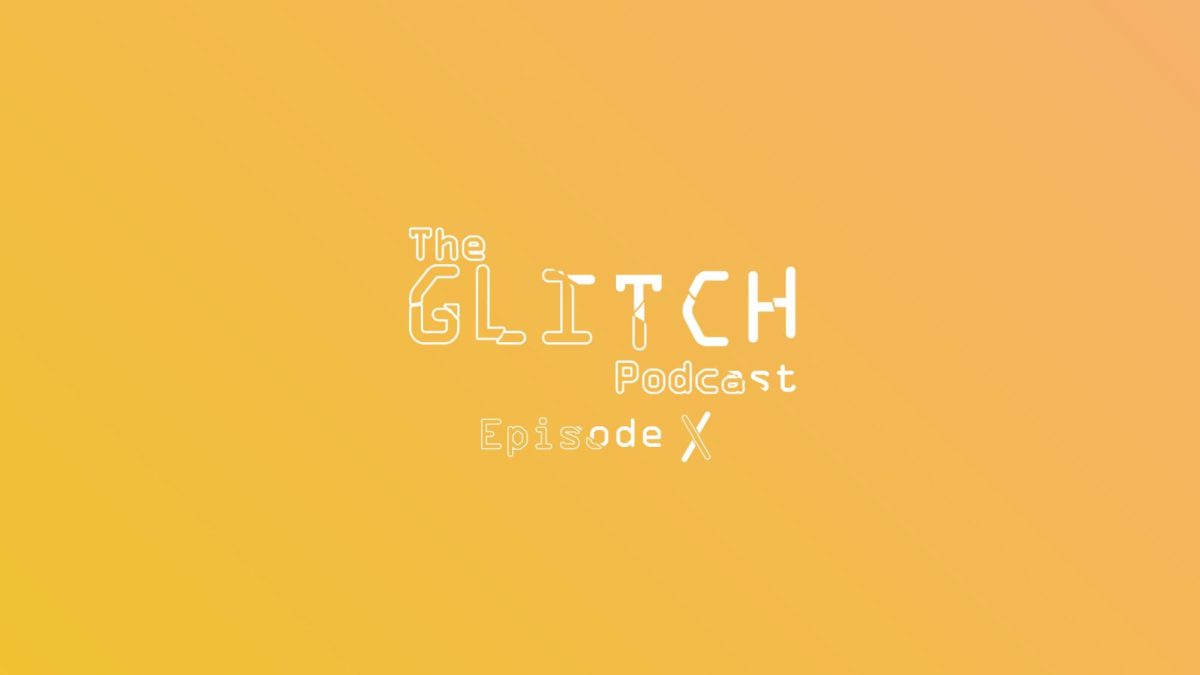
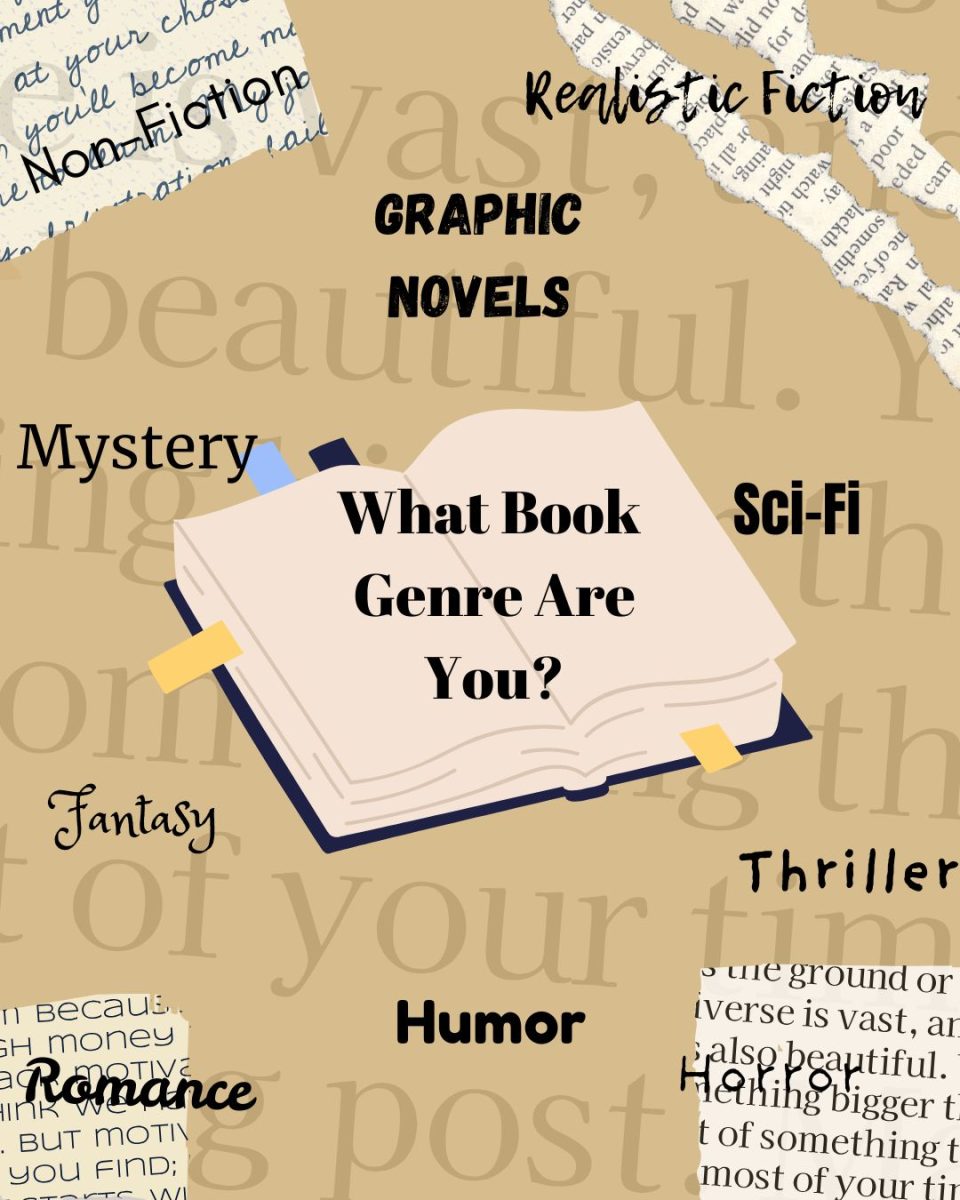
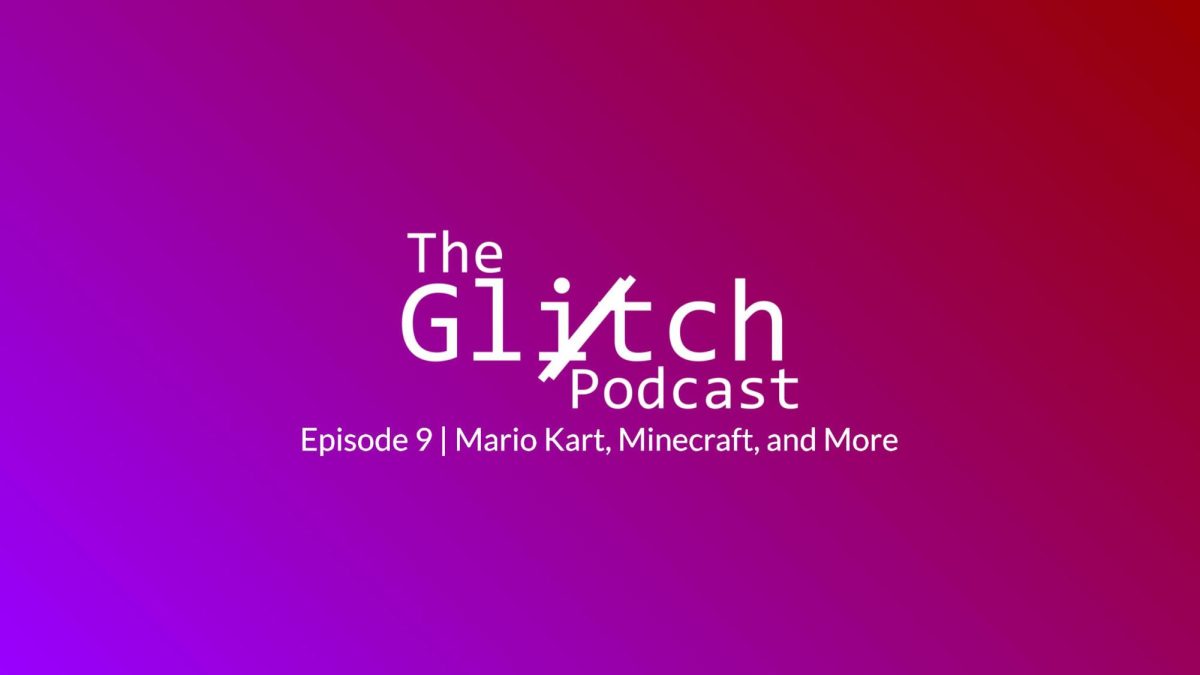


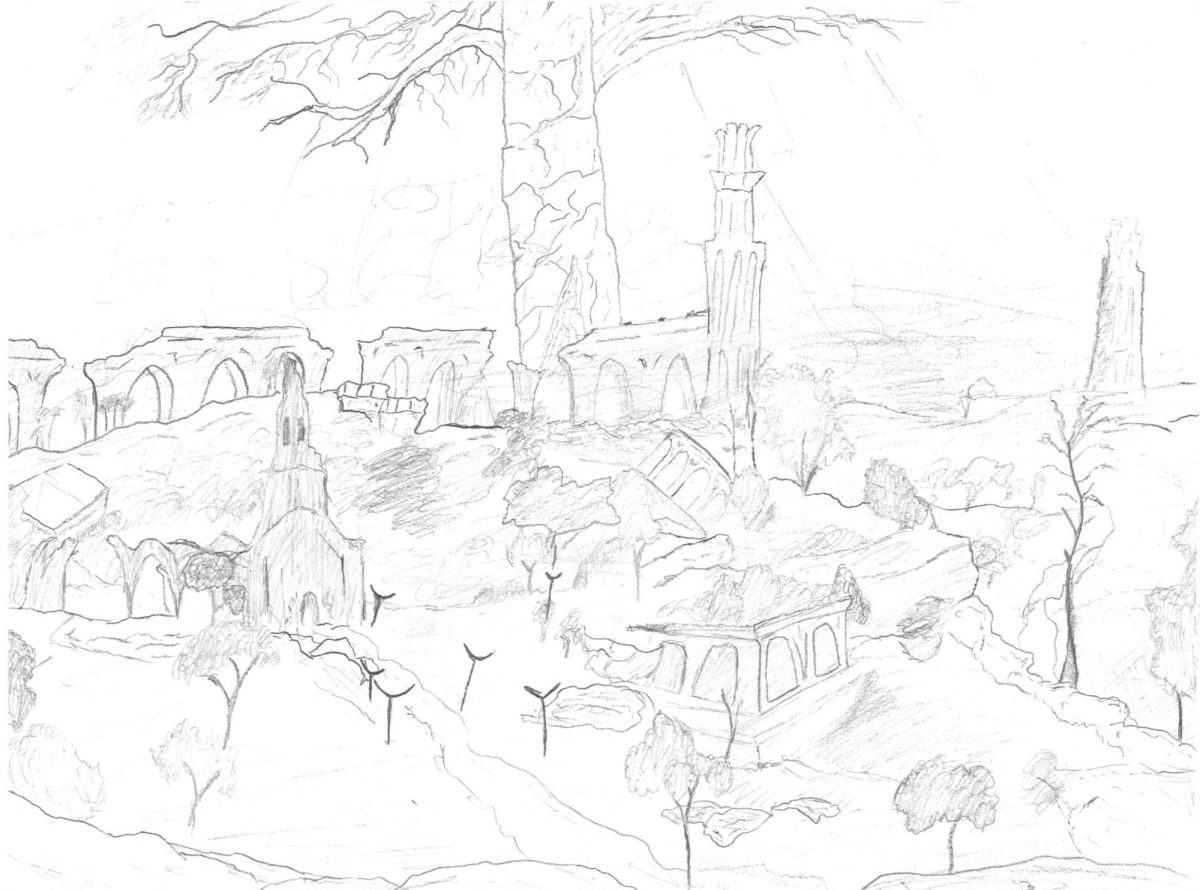
![April marks the 25th anniversary of Sexual Assault Awareness Month, created by the National Sexual Violence Resource Center (NSVRC). This month is to spread awareness of the harassment, assault and abuse that happens around the world. The symbol that represented the month was a teal ribbon; however, some survivors of assault create different symbols and movements like the TikTok trend in 2022, where survivors would tattoo Medusa on their body, in honor of her backstory in Greek Mythology. “I don't think [this month is known] at all. I rarely see anybody talk about it. I rarely see much of an emphasis on posting it online, or much discussion about it, and I feel like there needs to be way more discussion,” an anonymous source said. “I think just validating every experience that a person has gone through, regardless of the degree of it, the severity, is an essential step into making sure that people are aware that this is a very real problem in a society and that we need to do better in addressing it.”](https://rockmediaonline.org/wp-content/uploads/2025/04/IMG_0011-1200x900.jpg)
![Lesbian Visibility Day is April 26, and it’s a holiday to celebrate the lesbian community of the world. Lesbian Visibility day was established in 2008 by many queer activists and organizations who sought to raise more awareness for lesbian history and culture. “So this is why during Lesbian Visibility [Day] we celebrate and center all lesbians, both cis and trans, while also showing solidarity with all LGBTQ+ women and nonbinary people,” Linda Reily, in an article written by her, said.](https://rockmediaonline.org/wp-content/uploads/2025/04/Lesbian-Visibility-day.jpeg)
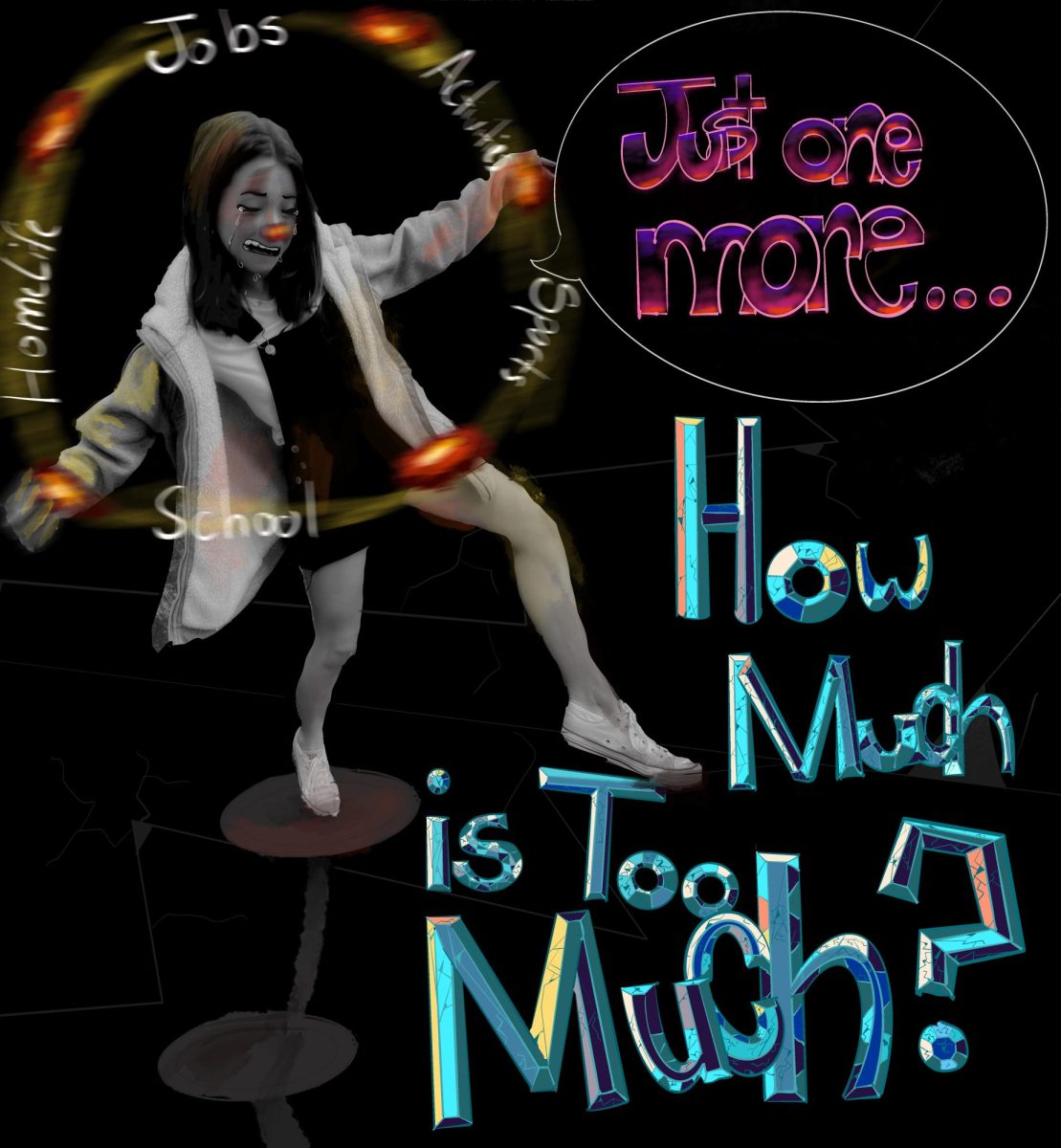



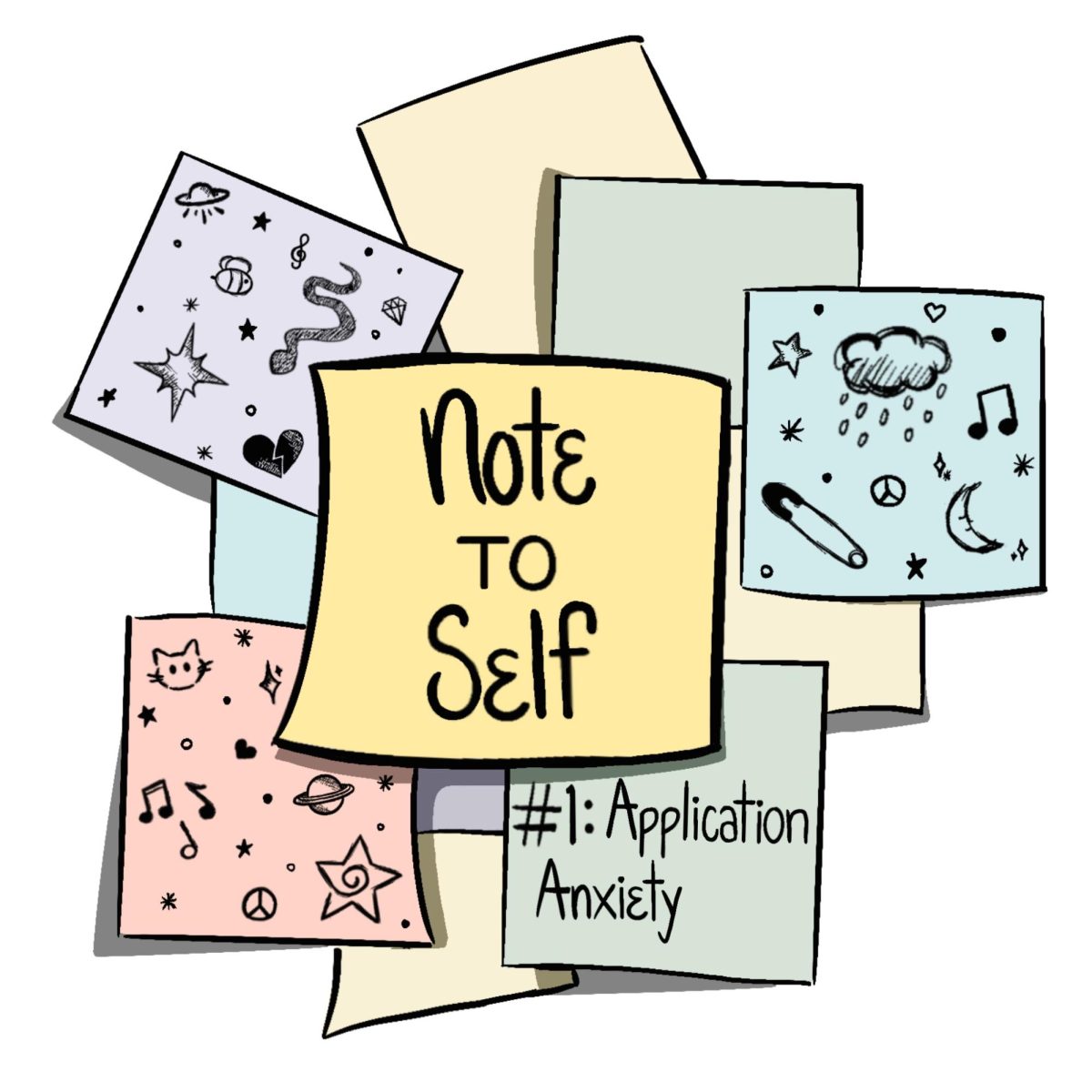
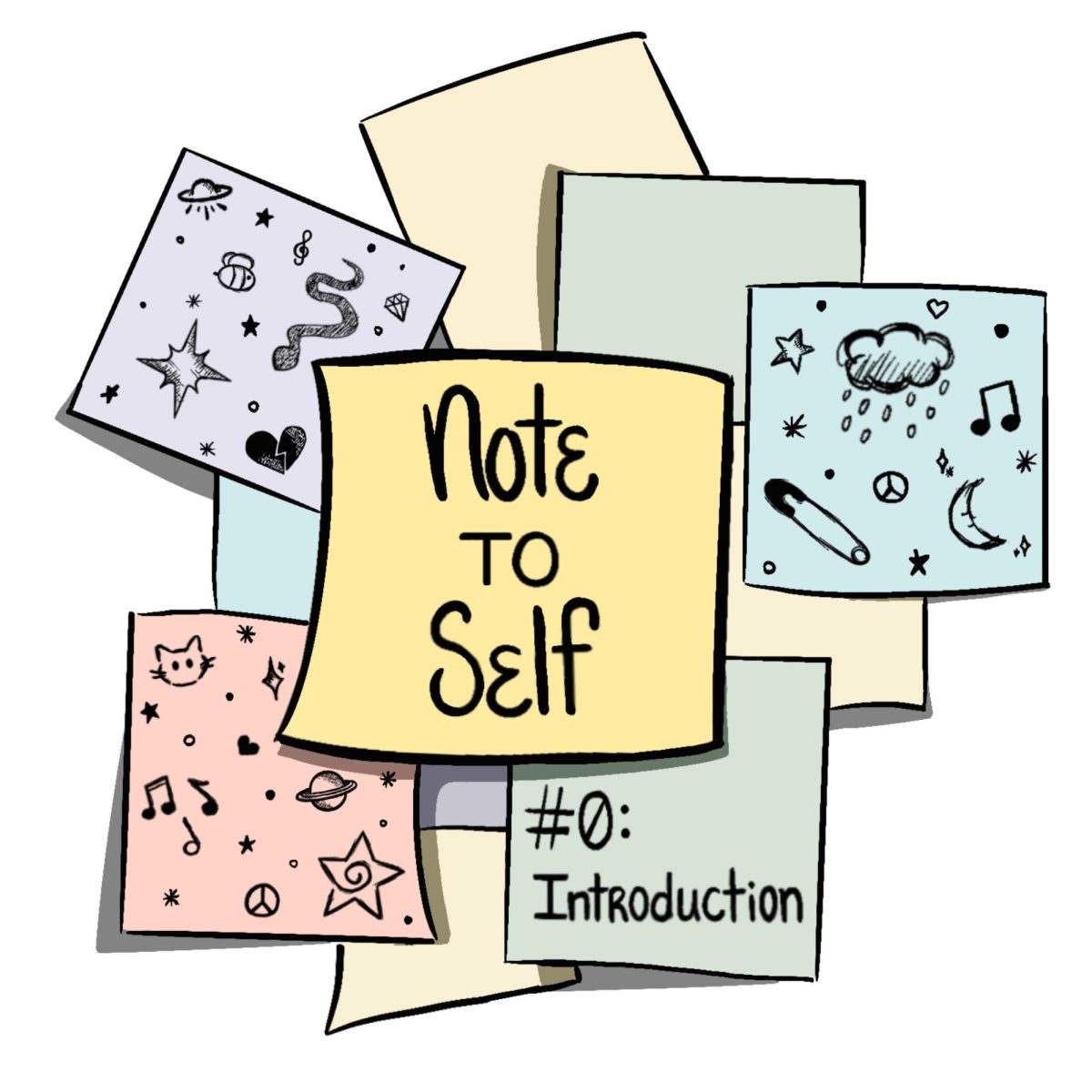

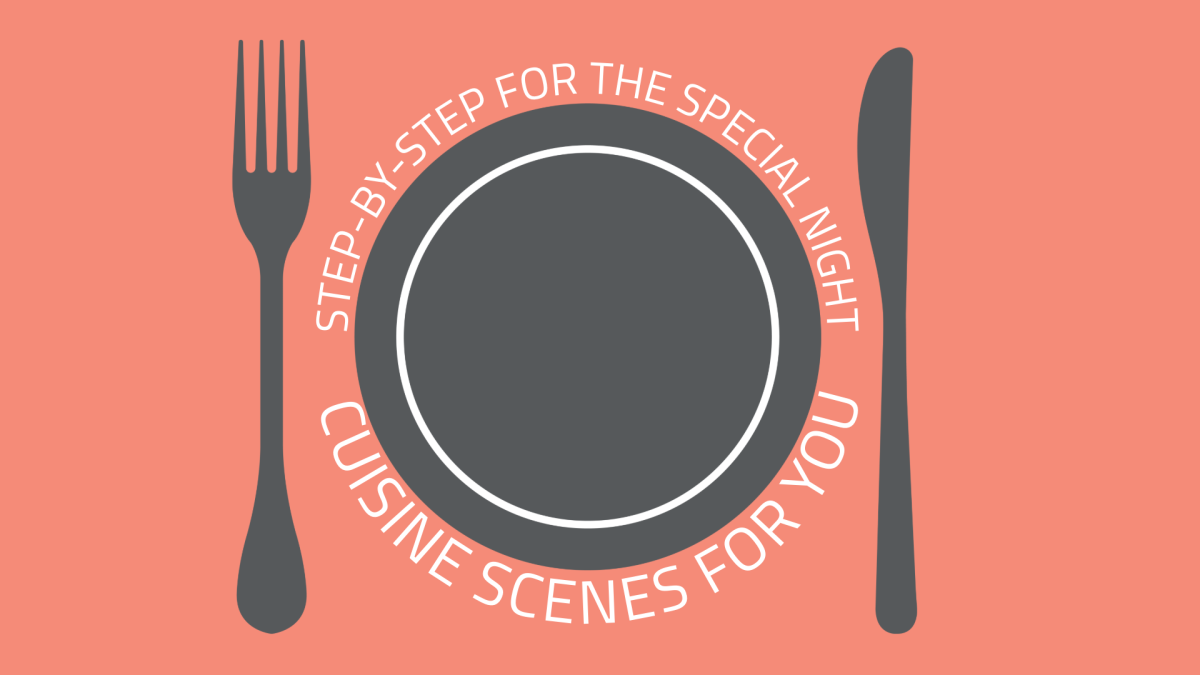
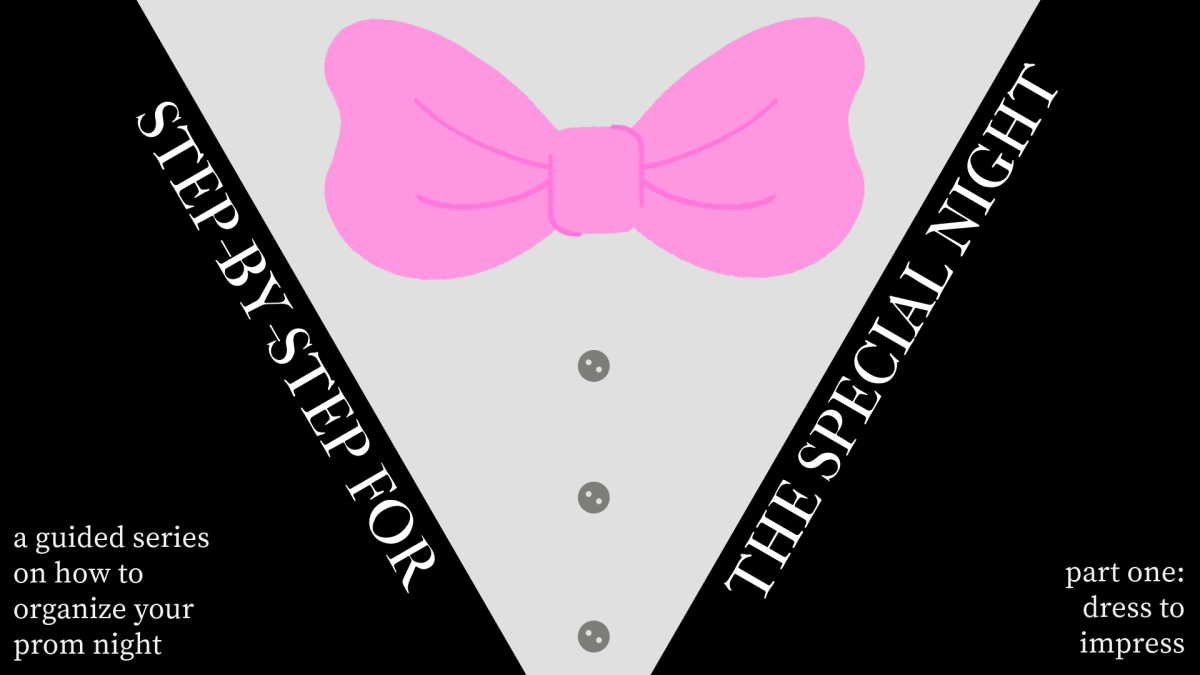
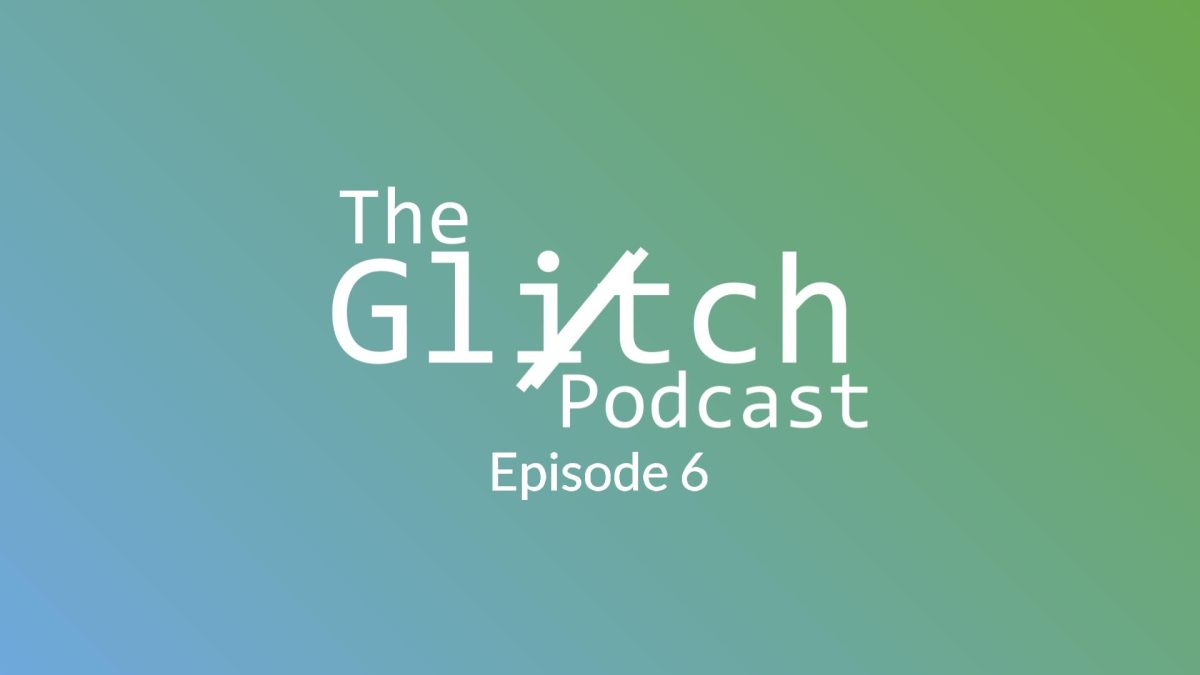
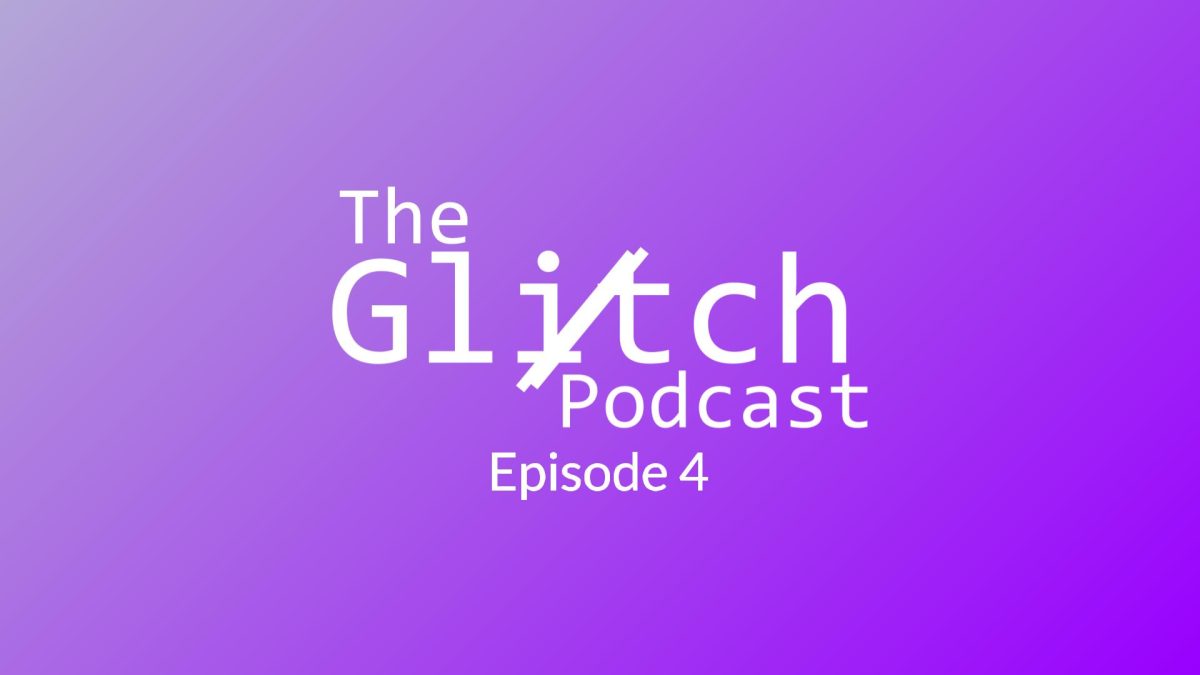
![Sabine Manske and Berlin Barnett '21 wrap up their presentation and prepare to answer questions from potential investors. Barnett and Manske chose to conduct their research on the vascularization of faux breast tissue. “Many of these people [investors] have expertise, and are going to really question your methods and really make you think about those different aspects,” Biology teacher Nikki Dobos said.](https://rockmediaonline.org/wp-content/uploads/2019/09/biotechpitches1-900x675.jpeg)